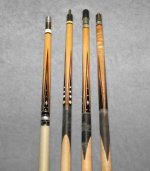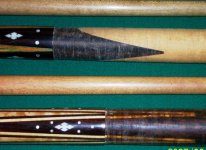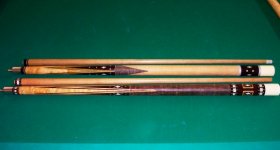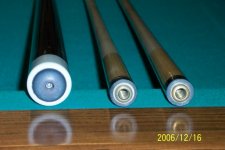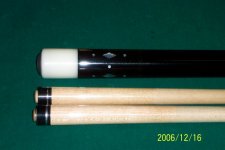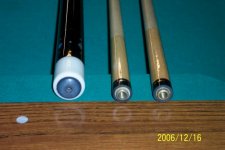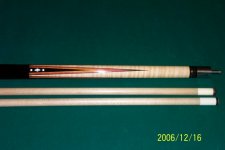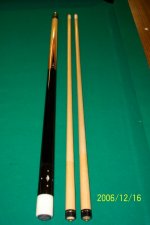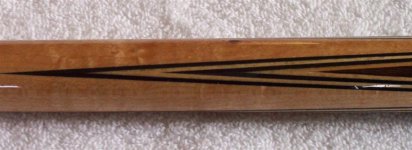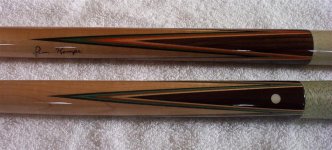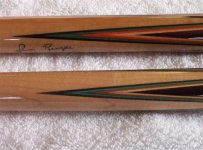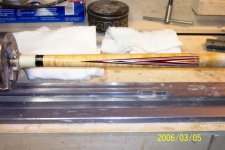TATE said:From what I can tell, Palmer was the first to use the "V" splice, which they did in the mid 1960's. Joel told me Burton didn't use it until the early 1990's. If the Adam is original, then I believe they copied the Palmer technique (not derogatory, just used the same joint). The only Adam I've seen with it is the one you repaired that time. Since Palmer sold and did repairs on Adam cues in the 1970's, they may have replaced the handle on a few too using the V splice.
Joel uses the technique Burton taught him and John Davis invented his own "W" splice so that he would not mimic the technique used by Joel.
Chris
PS. Palmer gave up the "V" splice in favor of a tenon and screw joint because they weren't confident the "V" would hold up over time. However, they did hold up fine from what I can tell. With today's epoxies, I believe the joint is very strong.
Hello Chris what part of the cue are you reffering to when you say V-Splice, the points of the part attached to the handle?
Who Made these cues Chris, are they Palmers or Paradise cues or some of both.
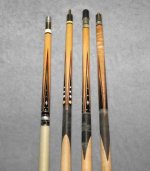
Thanks Chris.

